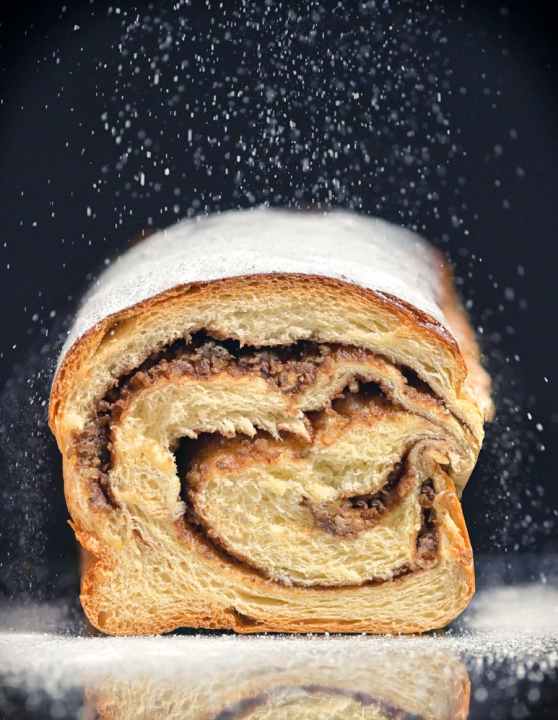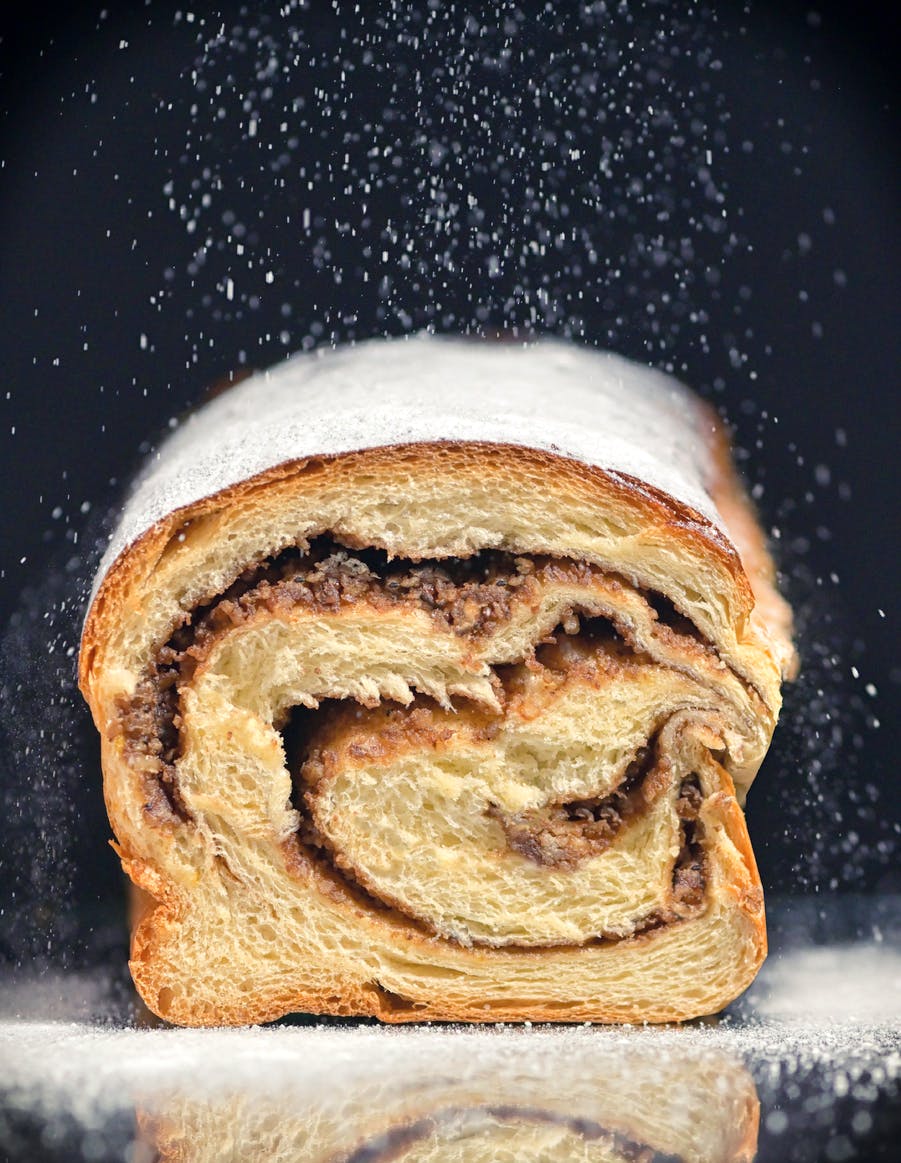The traditional Christmas meal takes on different guises around the globe. Our festive table groaning under turkey and all the trimmings would look quite unrecognisable to many.
For Jewish people living in the US the tradition at Christmas is to eat Chinese food. And in Japan come Christmas you’ll find everyone eating KFC. Seriously—you have to be sure to order your friend chicken weeks in advance to avoid disappointment.
I don’t suggest looking to Japan for Christmas culinary inspiration, but there is the odd thing we might want to borrow from abroad. Namely, dessert. Call me a heretic but I’ve never much liked Christmas pudding. Too dense and heavy; packed full of nice things but somehow underwhelming. It is a doorstop of a dessert; the culinary equivalent of the Yellow Pages. So, for fellow haters, here are six alternatives from around the world.
Pan de Pascua

In Chile, the traditional dessert at Christmas is Pan de Pascua (which confusingly means Passover). It is thought to have evolved out of Italian panettone and German stollen which are about as good a set of parents as anyone can hope for. A rich, dense, spiced fruitcake, flavoured with rum or pisco, it feels both familiar and a bit different. It is often flavoured with ginger and honey, and the fruit is usually a mixture of dried and candied. But try experimenting with different combinations—cinnamon and cloves are nice warming spices and, for fruit, dried black figs and candied orange can feel suitably exotic. Also try this recipe which uses dulce de leche in the batter which may or may not be authentic but sounds like a very good idea. Wash a slice down with a glass of “cola de mono”—“tail of the monkey”—a Peruvian concoction containing aguardiente, coffee, milk, sugar and cloves.
Rice pudding

In Denmark, it is traditional to have either risalamande (cold rice pudding) or risengrød (hot rice pudding), served with whipped cream, almonds, vanilla, and a hot cherry sauce. Arborio rice works well, and frozen cherries are absolutely fine for the sauce. Both puds are made with a single peeled almond hidden inside the serving bowl which guests all compete to find which tends to mean eating the whole bowl rather hastily. An excellent way to get everyone to eat up, though with this pud one hardly needs added reason to lick the bowl clean.
Weihnachtsplätzchen

Simply put, Weihnachtsplätzchen are German Christmas cookies, but that belies a whole world of shapes, sizes and flavours from heart-shaped gingerbread Lebkuchen; the cinnamon, star-shaped Zimtsterne; patterned Schwarz-Weiß-Gebäck (achieved by adding cocoa powder to one part of the dough) and much more. The tradition of Christmas cookie baking has been going since the Middle Ages, though it was not until the late nineteenth century that sugar and spices were cheap enough to be within the reach of ordinary people. The cookies are often flavoured with ginger, cardamom, orange and lemon peels, currants and various nuts and liqueurs. These lebkuchen are given a glaze of sugar or chocolate and are perfect boxed as a little gift or even hung from the tree as edible decorations.
Recipe from The Vintage Chef here
Bûche de Noël

The Bûche de Noël, or Yule log, is every bit as elaborate and refined as you would expect of French patisserie. A génoise or light sponge cake is rolled up into a cylinder and covered in chocolate or coffee butter cream made to look like bark to evoke the ancient tradition of burning the Yule log. Often the butter cream includes paste of confit chestnuts and a generous glug of Grand Marnier or rum. Raymond Blanc shows how it’s done. If that’s not enough to be getting on with, pity whoever’s doing the cooking in a Provençal household: there the tradition is to have thirteen desserts at the end of the Christmas meal to represent the twelve apostles and Jesus Christ. M&S trifle anyone?
Cozonac

A sweetened yeast bread traditional in Romania, Bulgaria and Serbia at both Christmas and Easter, cozonac bears a resemblance to French brioche or Israeli challah. The sweet dough, usually scented with citrus, is twisted around a nutty filling, creating an attractive spiral design when baked. Fillings will vary by region but raisins, nuts, vanilla and rum are all common, and you may find a sprinkling of poppy seeds on top. I like this version made with hazelnuts and pecans.
Buñuelo

These doughnut-like fried dough fritters are eaten in Spain and throughout Latin America. They are either round like tennis bowls or flattened into big disks (back in the day, they were stretched using one’s knee covered with a wet rag. Bizarre). Like churros, they are best doused in cinnamon sugar, chocolate or—as found in Mexico—a light piloncillo syrup. In the Dominican Republic, you can find them flavoured with anise, and glazed with a mixture of sugar and coconut water. Start the holidays as you mean to go on and have a big batch for breakfast with coffee or, even better, something stronger.







Comments